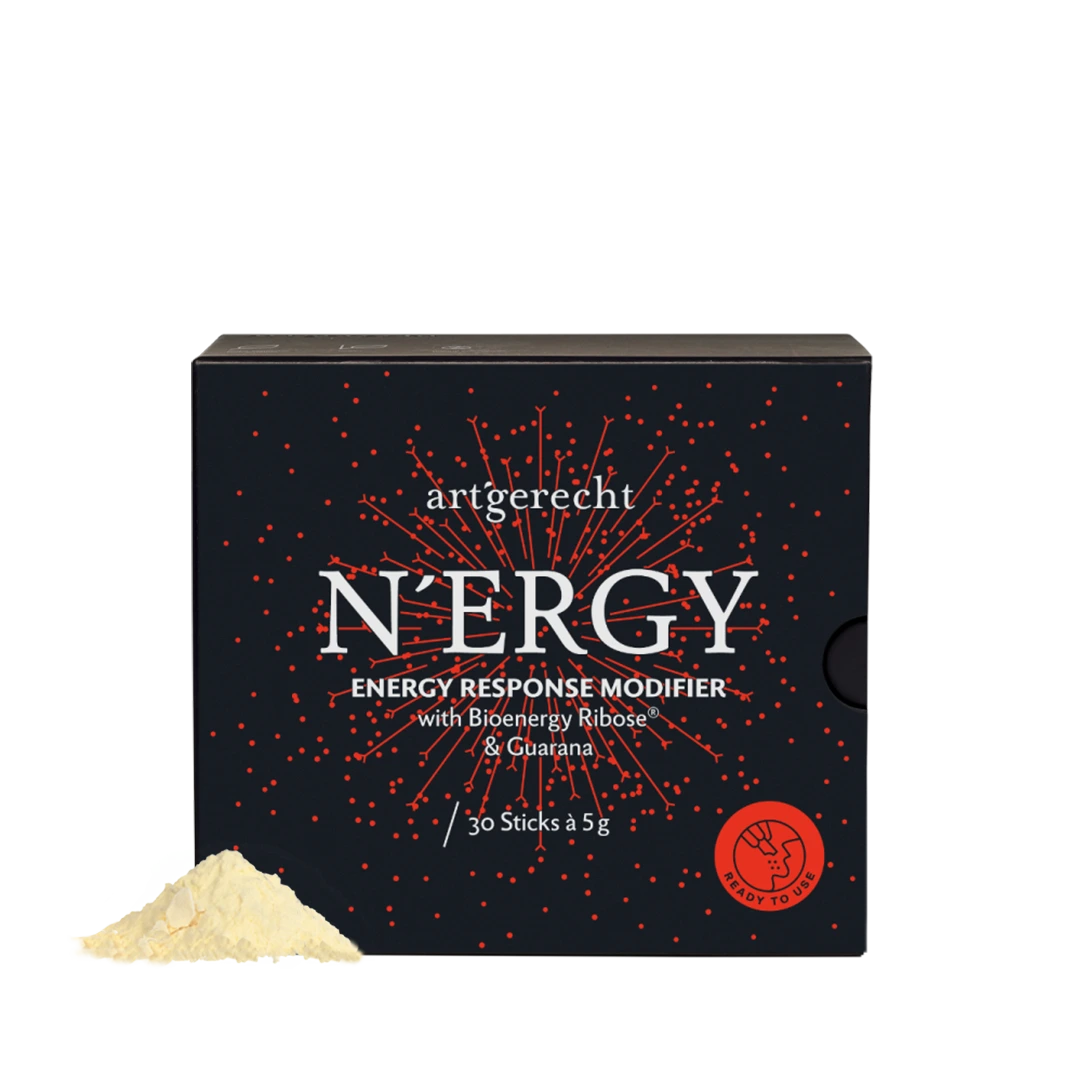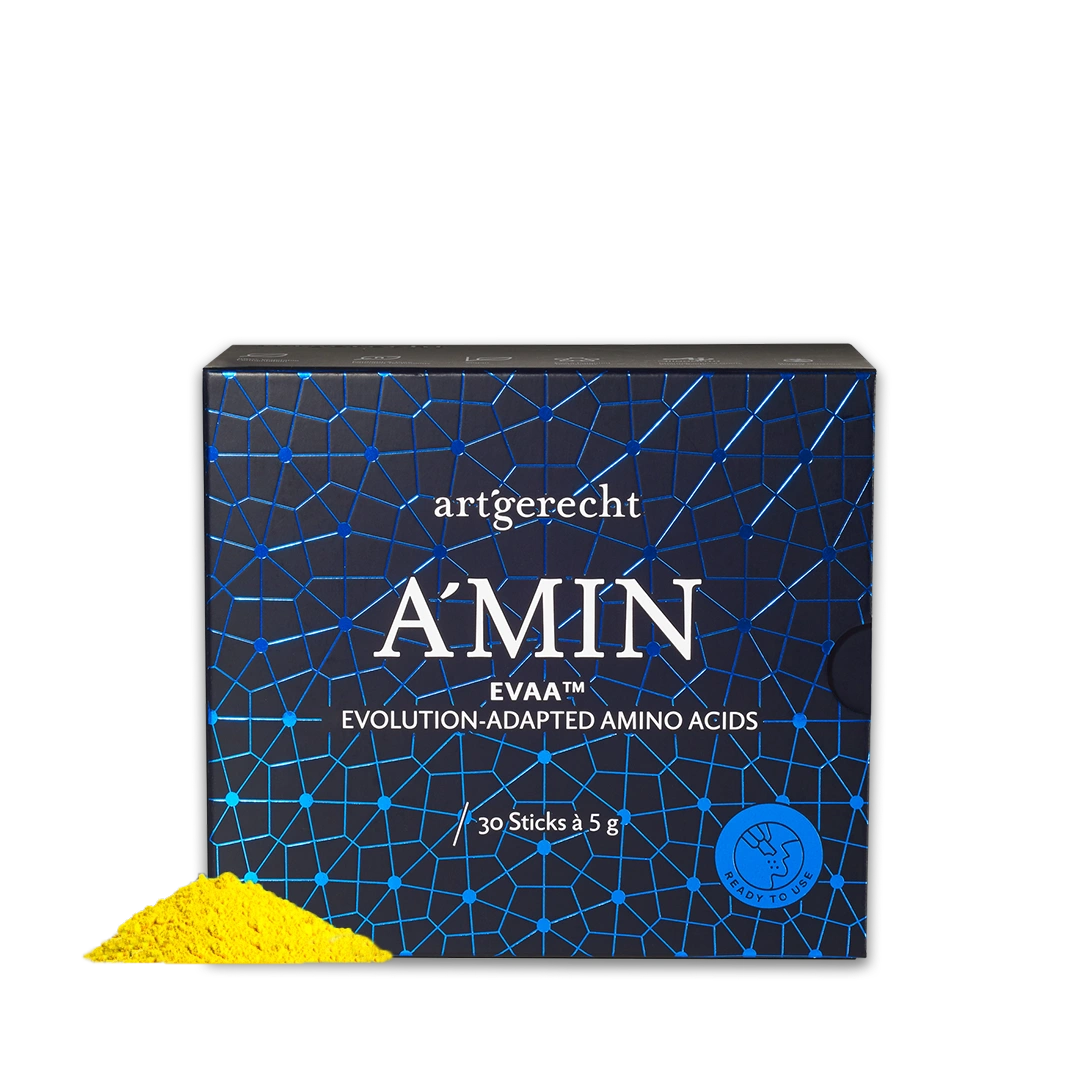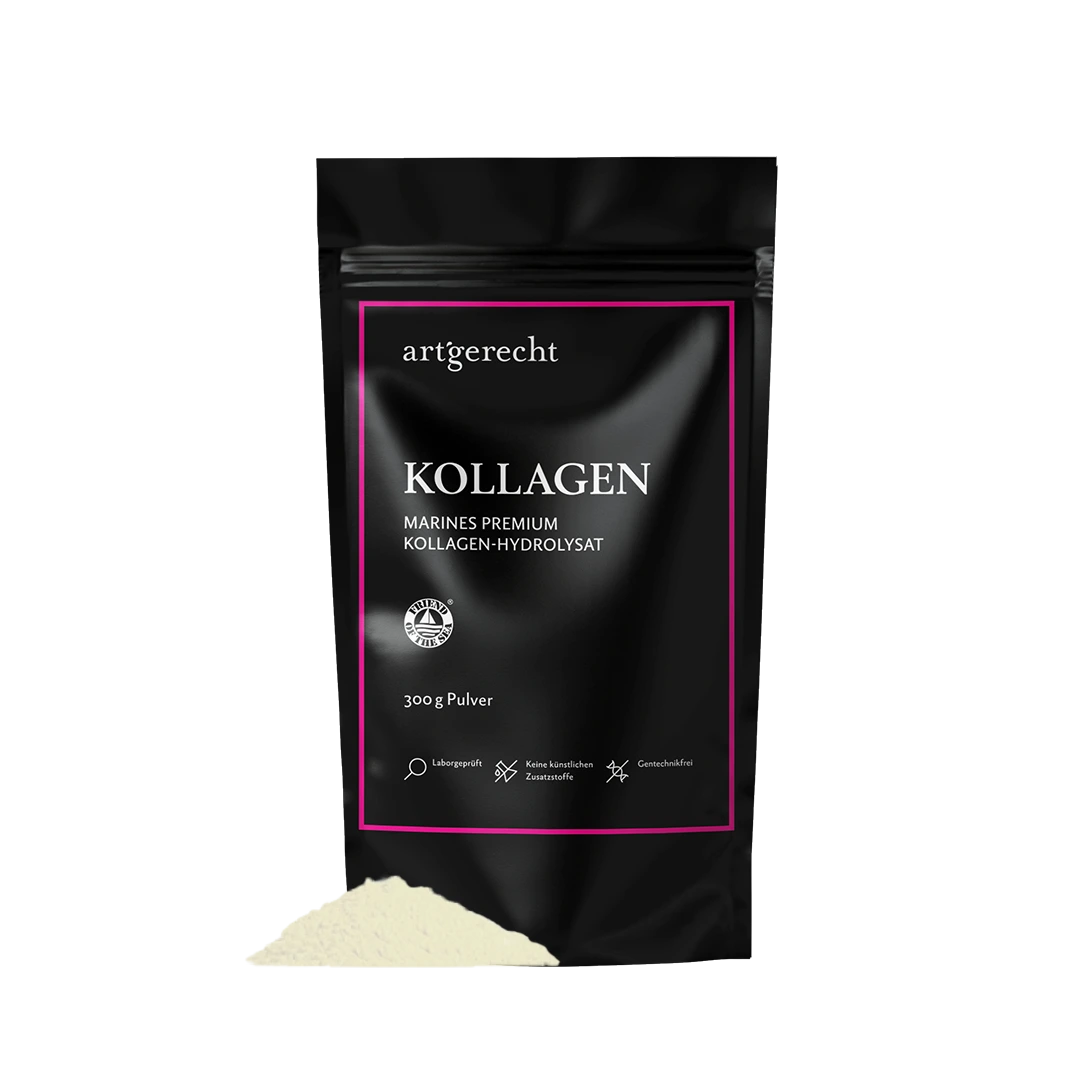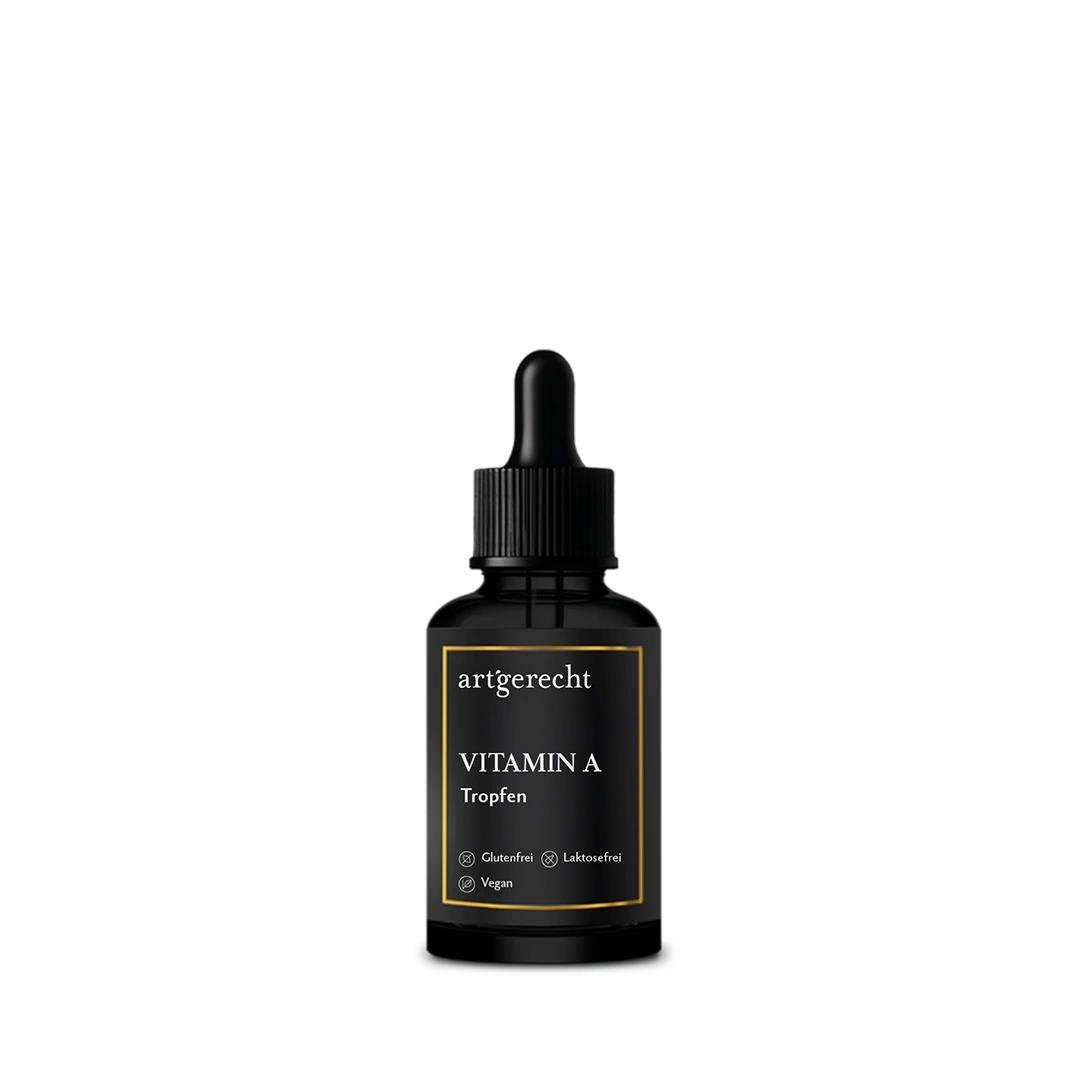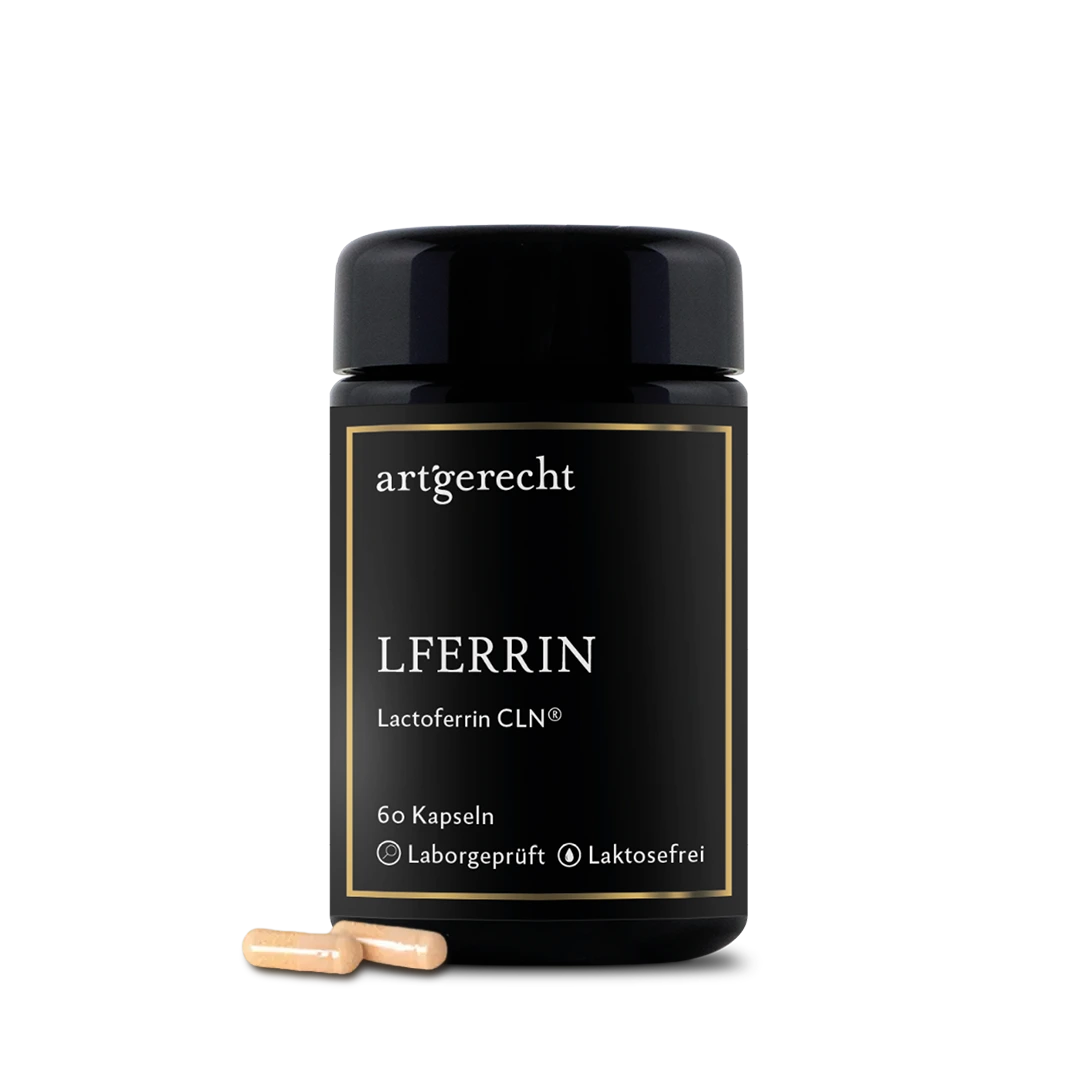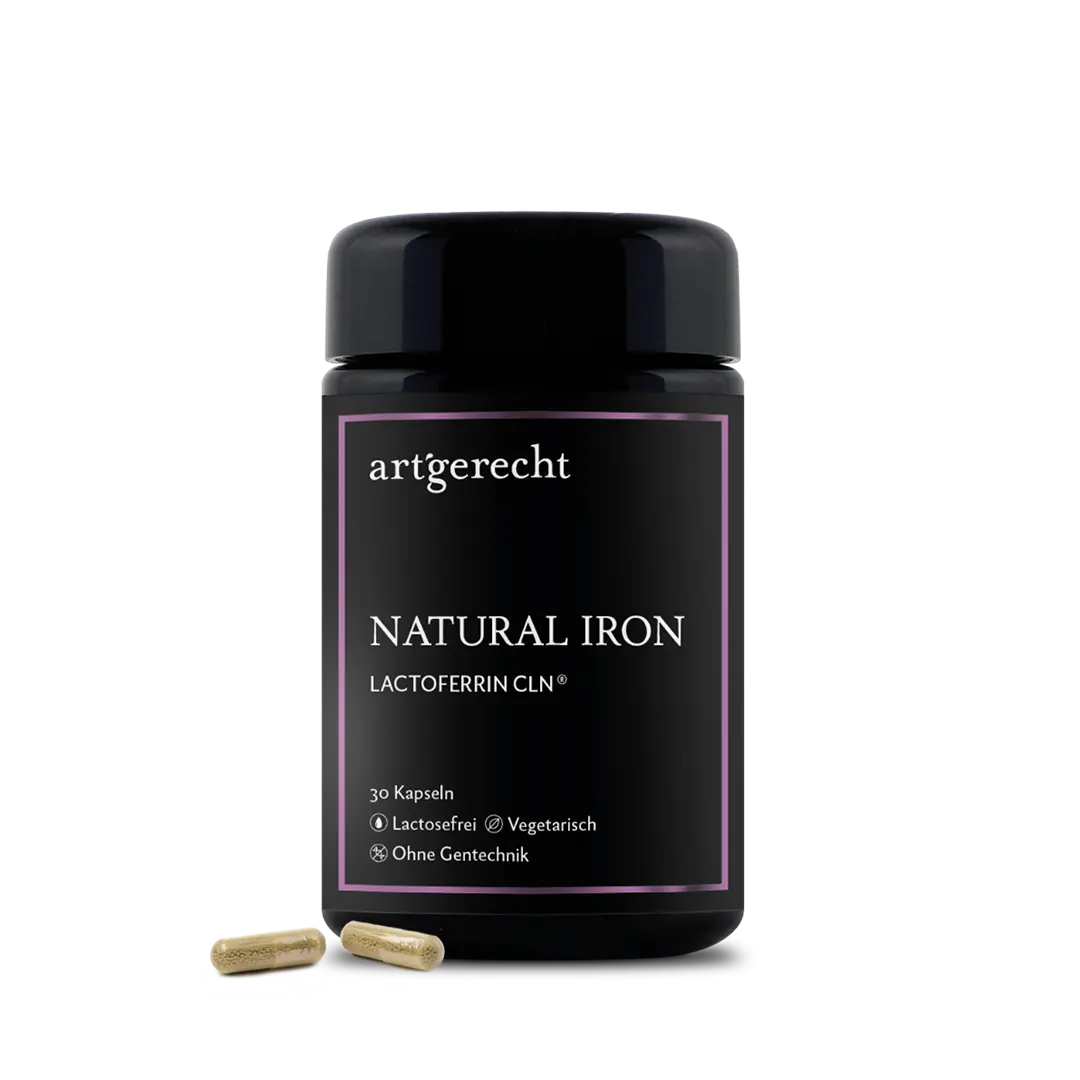Our body needs energy for all processes, especially during sport, physical and mental activity, but also during regeneration. In our body, energy is made available in all cells in the form of adenosine triphosphate (ATP)
.Types of energy provision in our body
The term “energy supply” refers to the transport and breakdown of energy-rich substances with ATP production (resynthesis) in the muscles, which is responsible for the performance of muscle work. This is also referred to as energy metabolism or metabolism. Depending on the energy carrier (fats, proteins, carbohydrates or creatine phosphate) and metabolic pathway (aerobic, anaerobic, anaerobic-lactacid or anaerobic-alactacid), different types are differentiated. Aerobic are the metabolic processes in the mitochondria that take place in conjunction with oxygen. The anaerobic metabolism takes place outside the mitochondria in the cytoplasm. If more lactate is produced, this is referred to as lactacidic (with lactate) energy supply, otherwise it is referred to as alactacidic (without lactate) metabolism.
When it comes to athletic performance, energy cannot be obtained directly from food. The necessary energy is provided by the adenosine triphosphate stored in all body cells. Depending on the type of sport (endurance, strength, fat burning) - whether with sufficient (aerobic) or insufficient oxygen uptake (anaerobic) and whether lactate (lactic acid) is produced or not - different phases of energy provision are passed through.
Under heavy muscular strain, the directly available storage is sufficient to provide energy for approximately 1-2 seconds or 1-3 muscle contractions. In resting muscle there is an ATP supply of approx. 6 µmol/g = 6 mMol/kg. Measured against our own body weight, we consume exactly the amount of ATP that we need every day. This means that although ATP is essential for muscle contraction and is the only direct source of energy, it is only available to a very limited extent in the muscle cell, especially during additional physical exertion.
.What is ATP used for?
The description of energy metabolism during an 800-meter run should serve to explain this:
The anaerobic-alactacid phase
During muscle contraction, the ATP present in the mitochondria breaks down into adenosine diphoshate (ADP) and a phosphate residue (P). The body ensures that new ATP is produced. The energy provided by creatine phosphate (KP), another phosphate in the muscle cells, promotes the short-term conversion of ADP and P to ATP.
The anaerobic-lactacid phase
At the same time, even before energy-rich phosphates are used up, the anaerobic-lactacid energy supply is activated by the breakdown of glucose. This occurs after just a few seconds, whenever there is too little oxygen available. However, as the sugar molecule cannot be completely broken down, the energy yield is low. If more lactic acid (lactate) is produced, this quickly leads to exhaustion. In addition, the yield of 2 molecules of adenosine triphosphate from one molecule of glucose is low. A helpful indicator is the measurement of the lactate value, as the lactate level can rise sharply when obtaining energy in the anaerobic range.
The aerobic-alactacid-degradation-of-glucose-and-fatIf sufficient oxygen is available, glucose can be completely broken down. This takes proportionally longer, but the energy production is significantly higher (38 ATP molecules from one sugar molecule).
The aerobic metabolic pathway can also break down fatty acids.
How can I increase the production of ATP?
Sufficient energy during training and, of course, in competition is essential for every athlete. In order to form sufficient adenosine triphosphate, the organism needs the selenic 5-fold sugar ribose. This is produced in small quantities by the human body itself, but with increased exertion or stress it makes sense to supplement ribose. Because more ribose means more energy and therefore more stamina.
Unlike the fructose in ordinary household sugar (50% glucose/fructose), ribose is a 5-fold sugar that could not be more different. Fructose must first be converted in the liver and has very damaging effects on the body in higher quantities. Ribose can be used directly by the body as the main component of our universal energy source adenosine triphosphate. When cells need energy, part of the phosphate is split off from ATP, releasing it. Ribose as part of the ATP molecule significantly increases the total amount of available ATP.
Art-appropriate lifehacks for more energy
If you look at the evolutionary background, humans first have to move before they can eat. And even if we don't have to hunt and kill our food first thing in the morning, moving around in the morning is good for our bodies. There is a system responsible for being fit in the morning: the biorhythm. This is a genetically controlled 24-hour rhythm that serves as a „clock“ for all organs and cells and activates the stress hormone axis in the brain. Cortisol is increasingly released, which makes us wake up, for example. Cortisol also controls the production of new energy in the form of glucose in the liver, the increase in blood flow to the brain, the provision of energy in the brain and muscles and the regulation of the immune system.
Nüchtern bewegen
snoozing consumes energy in the form of sugar. The amount of sugar in the bloodstream is reduced and the body's energy metabolism is automatically optimized. This is because if the required energy cannot be obtained from food, the body draws on its own reserves, i.e. fat cells.
Our recommendation:
Take it slow when you start exercising. It's best to start with light, short units and then move on to longer, moderate endurance units (e.g. running or cycling).
Passende Produkte
Kürzlich hinzugefügte Beiträge
-
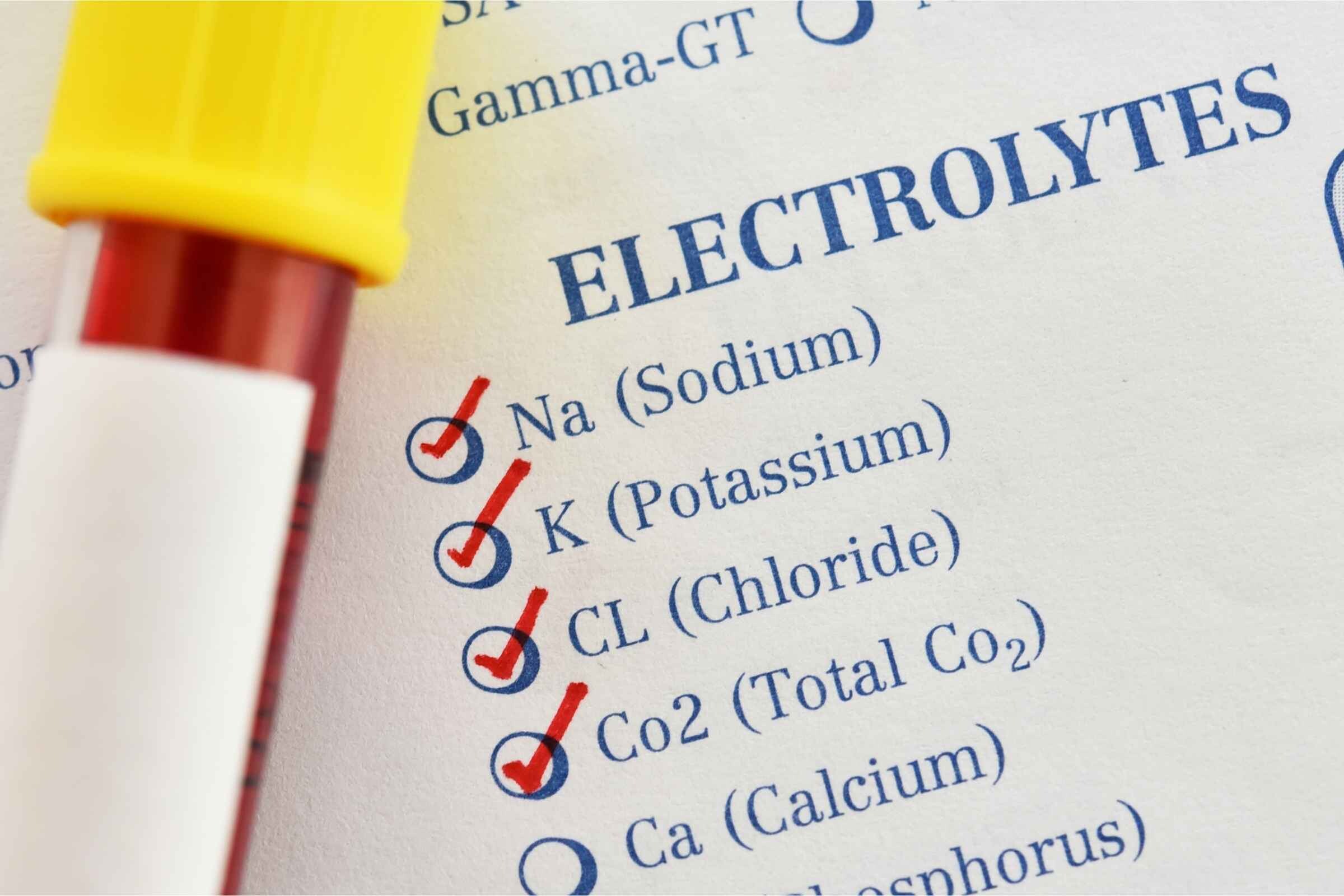 Elektrolyte – Die unsichtbaren Regisseure unseres KörpersElektrolyte steuern lebenswichtige Prozesse wie Muskelarbeit, Nervenfunktion und Flüssigkeitshaushalt. Erfahre, warum sie für Gesundheit und Leistung so entscheidend sind.
Elektrolyte – Die unsichtbaren Regisseure unseres KörpersElektrolyte steuern lebenswichtige Prozesse wie Muskelarbeit, Nervenfunktion und Flüssigkeitshaushalt. Erfahre, warum sie für Gesundheit und Leistung so entscheidend sind. -
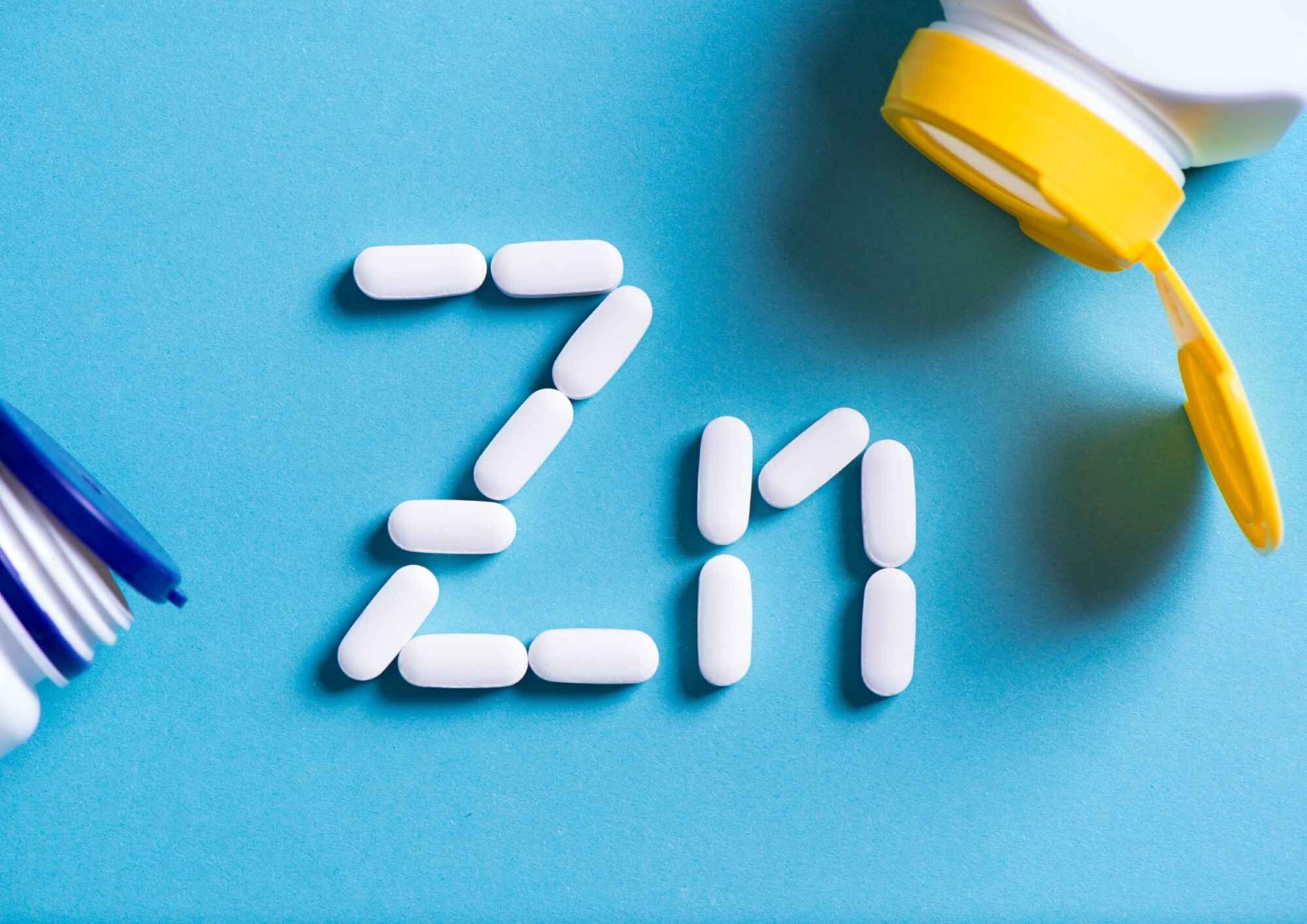 Zink reduziert nachweislich die Krankheitsdauer – Was sagt die Wissenschaft?Zink kann mehr als nur das Immunsystem stärken. Studien zeigen, dass es die Dauer von Erkältungen spürbar verkürzen kann.
Zink reduziert nachweislich die Krankheitsdauer – Was sagt die Wissenschaft?Zink kann mehr als nur das Immunsystem stärken. Studien zeigen, dass es die Dauer von Erkältungen spürbar verkürzen kann. -
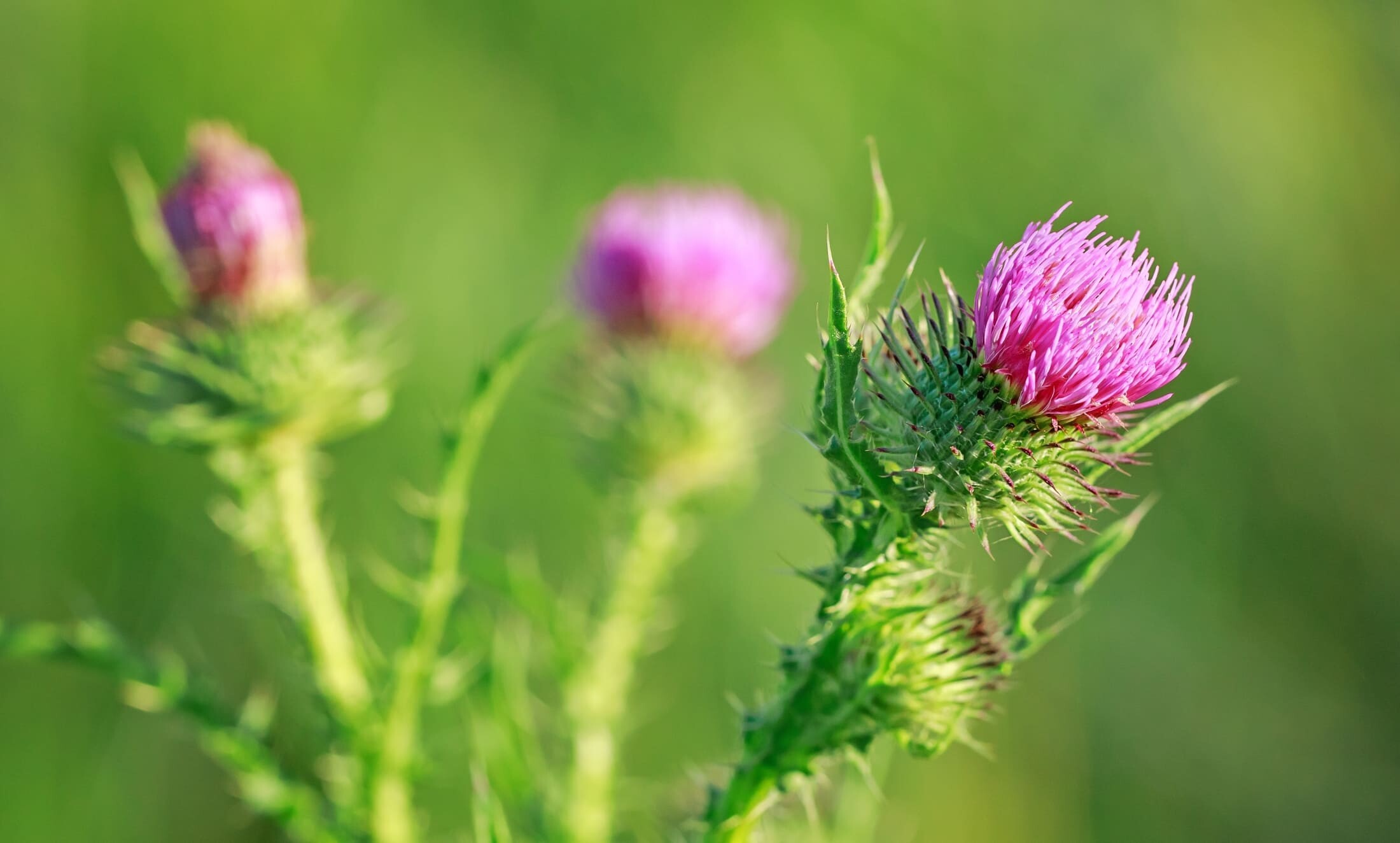 Milk thistle: effect on liver health and detoxificationHow does milk thistle really protect our liver? Find out how silymarin neutralizes free radicals, supports detoxification and what studies say about its effect on fatty liver, hepatitis & co. Find out more now!
Milk thistle: effect on liver health and detoxificationHow does milk thistle really protect our liver? Find out how silymarin neutralizes free radicals, supports detoxification and what studies say about its effect on fatty liver, hepatitis & co. Find out more now! -
 Menopause is not a disease: everything women (and men) should knowHalf of humanity is affected by the menopause. The PRO issue of Health Nerds is all about facts, myths and tips about the menopause.
Menopause is not a disease: everything women (and men) should knowHalf of humanity is affected by the menopause. The PRO issue of Health Nerds is all about facts, myths and tips about the menopause. -
 Allergien und Heuschnupfen – Häufigkeit, Ursachen, Behandlung und PräventionOb Gräser, Pollen oder Hausstaub – Allergien betreffen immer mehr Menschen. Erfahre, warum sie entstehen, welche Therapien helfen und wie Du mit gezielter Vorbeugung die Beschwerden bei Dir oder Deinem Kind langfristig lindern kannst.
Allergien und Heuschnupfen – Häufigkeit, Ursachen, Behandlung und PräventionOb Gräser, Pollen oder Hausstaub – Allergien betreffen immer mehr Menschen. Erfahre, warum sie entstehen, welche Therapien helfen und wie Du mit gezielter Vorbeugung die Beschwerden bei Dir oder Deinem Kind langfristig lindern kannst. -
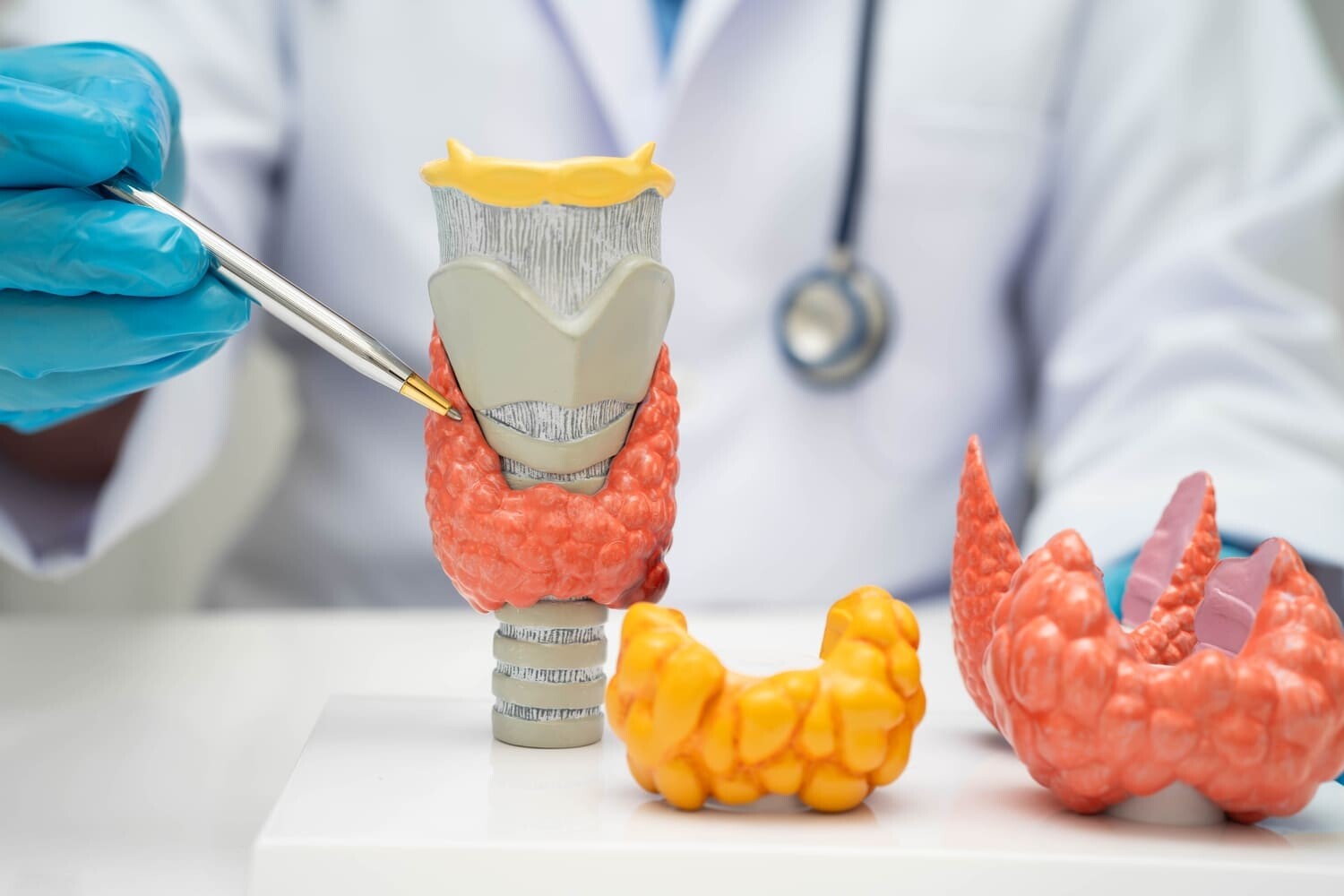 Hypothyreose und Übergewicht – Aktuelle Erkenntnisse und DatenSchilddrüsenunterfunktion verlangsamt den Stoffwechsel und begünstigt Gewichtszunahme. Erfahre Symptome und Tipps zur Unterstützung Deines Körpers.
Hypothyreose und Übergewicht – Aktuelle Erkenntnisse und DatenSchilddrüsenunterfunktion verlangsamt den Stoffwechsel und begünstigt Gewichtszunahme. Erfahre Symptome und Tipps zur Unterstützung Deines Körpers. -
 Elektrolyte – Die unsichtbaren Regisseure unseres KörpersElektrolyte steuern lebenswichtige Prozesse wie Muskelarbeit, Nervenfunktion und Flüssigkeitshaushalt. Erfahre, warum sie für Gesundheit und Leistung so entscheidend sind.
Elektrolyte – Die unsichtbaren Regisseure unseres KörpersElektrolyte steuern lebenswichtige Prozesse wie Muskelarbeit, Nervenfunktion und Flüssigkeitshaushalt. Erfahre, warum sie für Gesundheit und Leistung so entscheidend sind. -
 Zink reduziert nachweislich die Krankheitsdauer – Was sagt die Wissenschaft?Zink kann mehr als nur das Immunsystem stärken. Studien zeigen, dass es die Dauer von Erkältungen spürbar verkürzen kann.
Zink reduziert nachweislich die Krankheitsdauer – Was sagt die Wissenschaft?Zink kann mehr als nur das Immunsystem stärken. Studien zeigen, dass es die Dauer von Erkältungen spürbar verkürzen kann. -
 Milk thistle: effect on liver health and detoxificationHow does milk thistle really protect our liver? Find out how silymarin neutralizes free radicals, supports detoxification and what studies say about its effect on fatty liver, hepatitis & co. Find out more now!
Milk thistle: effect on liver health and detoxificationHow does milk thistle really protect our liver? Find out how silymarin neutralizes free radicals, supports detoxification and what studies say about its effect on fatty liver, hepatitis & co. Find out more now! -
 Menopause is not a disease: everything women (and men) should knowHalf of humanity is affected by the menopause. The PRO issue of Health Nerds is all about facts, myths and tips about the menopause.
Menopause is not a disease: everything women (and men) should knowHalf of humanity is affected by the menopause. The PRO issue of Health Nerds is all about facts, myths and tips about the menopause. -
 Allergien und Heuschnupfen – Häufigkeit, Ursachen, Behandlung und PräventionOb Gräser, Pollen oder Hausstaub – Allergien betreffen immer mehr Menschen. Erfahre, warum sie entstehen, welche Therapien helfen und wie Du mit gezielter Vorbeugung die Beschwerden bei Dir oder Deinem Kind langfristig lindern kannst.
Allergien und Heuschnupfen – Häufigkeit, Ursachen, Behandlung und PräventionOb Gräser, Pollen oder Hausstaub – Allergien betreffen immer mehr Menschen. Erfahre, warum sie entstehen, welche Therapien helfen und wie Du mit gezielter Vorbeugung die Beschwerden bei Dir oder Deinem Kind langfristig lindern kannst. -
 Hypothyreose und Übergewicht – Aktuelle Erkenntnisse und DatenSchilddrüsenunterfunktion verlangsamt den Stoffwechsel und begünstigt Gewichtszunahme. Erfahre Symptome und Tipps zur Unterstützung Deines Körpers.
Hypothyreose und Übergewicht – Aktuelle Erkenntnisse und DatenSchilddrüsenunterfunktion verlangsamt den Stoffwechsel und begünstigt Gewichtszunahme. Erfahre Symptome und Tipps zur Unterstützung Deines Körpers. -
 Elektrolyte – Die unsichtbaren Regisseure unseres KörpersElektrolyte steuern lebenswichtige Prozesse wie Muskelarbeit, Nervenfunktion und Flüssigkeitshaushalt. Erfahre, warum sie für Gesundheit und Leistung so entscheidend sind.
Elektrolyte – Die unsichtbaren Regisseure unseres KörpersElektrolyte steuern lebenswichtige Prozesse wie Muskelarbeit, Nervenfunktion und Flüssigkeitshaushalt. Erfahre, warum sie für Gesundheit und Leistung so entscheidend sind. -
 Zink reduziert nachweislich die Krankheitsdauer – Was sagt die Wissenschaft?Zink kann mehr als nur das Immunsystem stärken. Studien zeigen, dass es die Dauer von Erkältungen spürbar verkürzen kann.
Zink reduziert nachweislich die Krankheitsdauer – Was sagt die Wissenschaft?Zink kann mehr als nur das Immunsystem stärken. Studien zeigen, dass es die Dauer von Erkältungen spürbar verkürzen kann. -
 Milk thistle: effect on liver health and detoxificationHow does milk thistle really protect our liver? Find out how silymarin neutralizes free radicals, supports detoxification and what studies say about its effect on fatty liver, hepatitis & co. Find out more now!
Milk thistle: effect on liver health and detoxificationHow does milk thistle really protect our liver? Find out how silymarin neutralizes free radicals, supports detoxification and what studies say about its effect on fatty liver, hepatitis & co. Find out more now! -
 Menopause is not a disease: everything women (and men) should knowHalf of humanity is affected by the menopause. The PRO issue of Health Nerds is all about facts, myths and tips about the menopause.
Menopause is not a disease: everything women (and men) should knowHalf of humanity is affected by the menopause. The PRO issue of Health Nerds is all about facts, myths and tips about the menopause.
Empfohlene Produkte
Holistic support for bones, joints, muscles & skin
For your well-being – inside and outEssential Vitamin for Eyes, Skin, and Immune System
High-Dose Support for Cells & Immune DefenseFor your universal protection
As one of the most valuable proteins in the body, lactoferrin is a natural component of the immune system.For your iron balance
Specially formulated for your iron balance with plant-based curry leaf iron, Lactoferrin CLN®, and natural Vitamin C from rose hips.Holistic support for bones, joints, muscles & skin
For your well-being – inside and outEssential Vitamin for Eyes, Skin, and Immune System
High-Dose Support for Cells & Immune DefenseFor your universal protection
As one of the most valuable proteins in the body, lactoferrin is a natural component of the immune system.For your iron balance
Specially formulated for your iron balance with plant-based curry leaf iron, Lactoferrin CLN®, and natural Vitamin C from rose hips.Holistic support for bones, joints, muscles & skin
For your well-being – inside and outEssential Vitamin for Eyes, Skin, and Immune System
High-Dose Support for Cells & Immune DefenseFor your universal protection
As one of the most valuable proteins in the body, lactoferrin is a natural component of the immune system.For your iron balance
Specially formulated for your iron balance with plant-based curry leaf iron, Lactoferrin CLN®, and natural Vitamin C from rose hips.Holistic support for bones, joints, muscles & skin
For your well-being – inside and outEssential Vitamin for Eyes, Skin, and Immune System
High-Dose Support for Cells & Immune DefenseFor your universal protection
As one of the most valuable proteins in the body, lactoferrin is a natural component of the immune system.For your iron balance
Specially formulated for your iron balance with plant-based curry leaf iron, Lactoferrin CLN®, and natural Vitamin C from rose hips.

